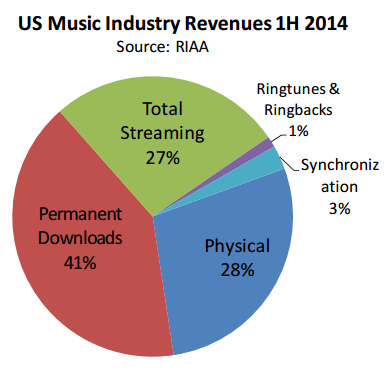The Arc Initiative is a third-world oriented outreach program founded by the Sauder School of Business at the University of British Columbia. It shares a common goal with many similar organizations: kickstarting local commerce, along with sharing knowledge and business expertise.
This begs the question, however, why is the Arc Initiative necessary? Given the existence of the United Nations, a much larger entity with essentially the same goal.
The United Nations support programs are indeed large, but limited resources limit their outreach. It is impossible for a single organization with limited resources to serve, wants appears to be unlimited wants and needs.
The Arc Initiative is just one of the many other programs working, in conjunction, to serve a common purpose: to foster the misfortuned. By providing business expertise to these communities, Sauder is allowing for the prosperous commerce in these communities.
It would be optimal for other organizations to join this program. As resources to accomplish this goal are scarce. It would be impossible for any of these programs to be rendered obsolete.






